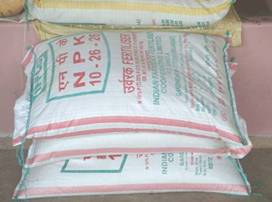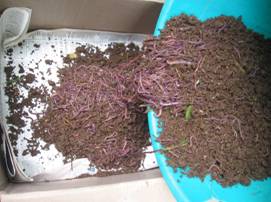Tariff
means Tax. So Tariff barriers means to impose taxes on international trade goods and services.
Whereas, non tariff barriers are other forms of restrictions on the scale of international trade. Examples of non tariff barriers are import quotas, specific licenses
Example of tariff barriers - Say India imposes some tax on import of chinese plastic goods which raises its final price in India. Since now it becomes more expensive than price of plastic made in India, it will be difficult to sell Made in China plastic goods in India and hence its import will stop. This is called tariff barrier because govt imposes tax or tariff on it.
Example of non-tariff barrier - Say India does not impose any tariff barrier on Chinese plastic goods, but makes it mandatory that any imported plastic should be of such and such quality, which say the chinese plastic does not meet, and consequently such plastic goods cannot be sold in India. Such barrier by govt of India would come under non-tariff barriers.
Like case of India banning mobile phones without IMEI code, when suddenly all chinese mobile phones from market disappeared.
These barriers are used to protect small sized industries and developing economies but WTO is stressing on countries to minimize these barriers to increase in trade among the countries.
means Tax. So Tariff barriers means to impose taxes on international trade goods and services.
Whereas, non tariff barriers are other forms of restrictions on the scale of international trade. Examples of non tariff barriers are import quotas, specific licenses
Example of tariff barriers - Say India imposes some tax on import of chinese plastic goods which raises its final price in India. Since now it becomes more expensive than price of plastic made in India, it will be difficult to sell Made in China plastic goods in India and hence its import will stop. This is called tariff barrier because govt imposes tax or tariff on it.
Example of non-tariff barrier - Say India does not impose any tariff barrier on Chinese plastic goods, but makes it mandatory that any imported plastic should be of such and such quality, which say the chinese plastic does not meet, and consequently such plastic goods cannot be sold in India. Such barrier by govt of India would come under non-tariff barriers.
Like case of India banning mobile phones without IMEI code, when suddenly all chinese mobile phones from market disappeared.
These barriers are used to protect small sized industries and developing economies but WTO is stressing on countries to minimize these barriers to increase in trade among the countries.



